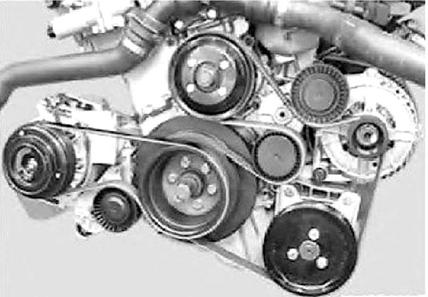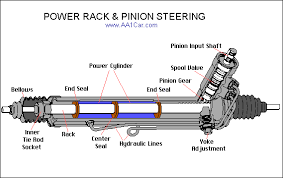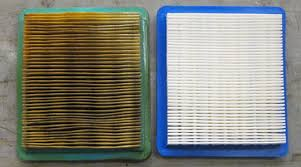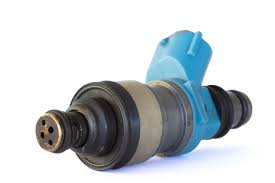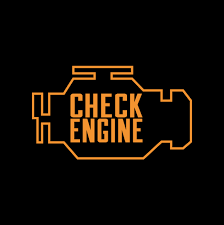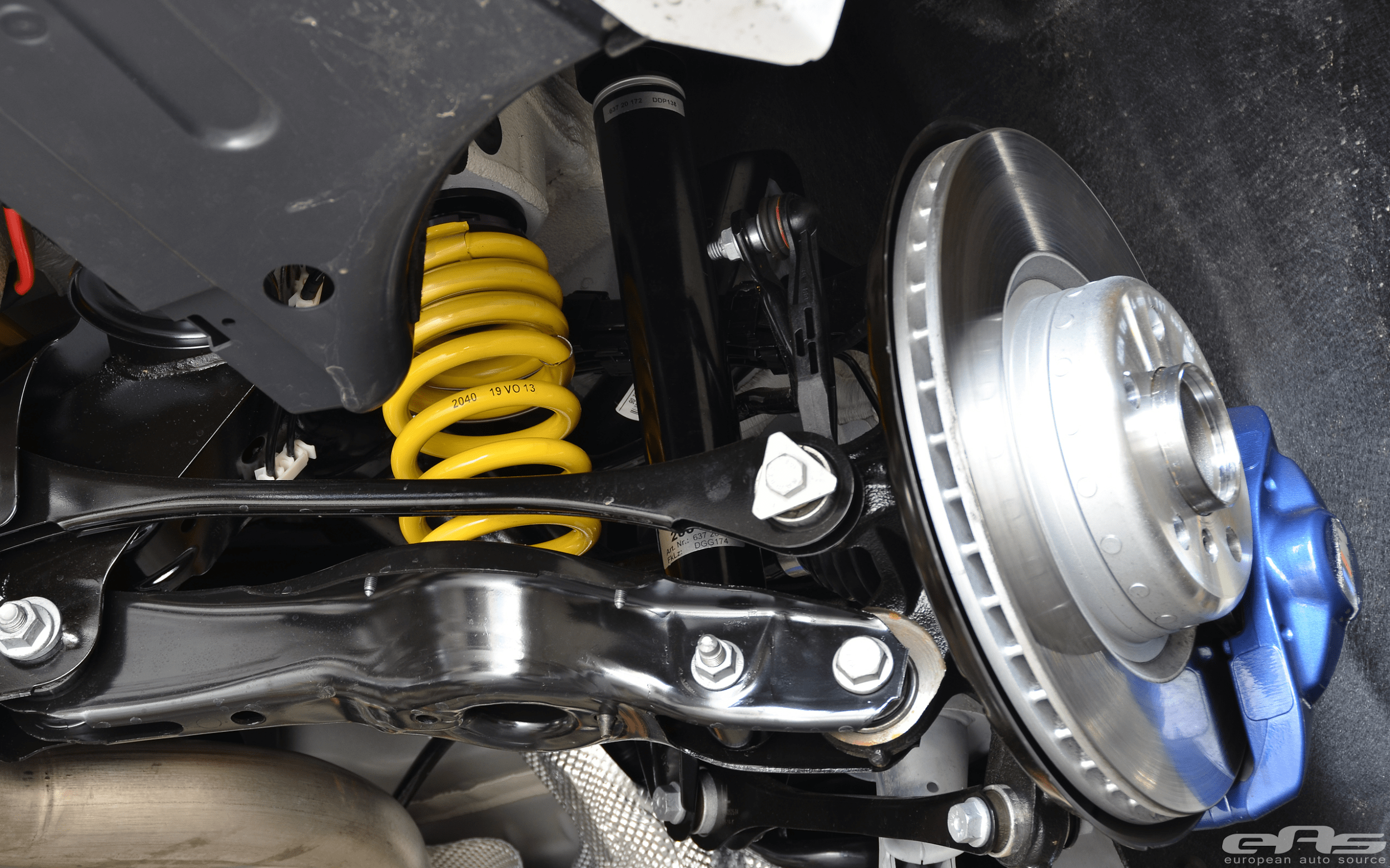 Don’t Let Your BMW Ride Quality Suffer Because of Faulty Suspension
Don’t Let Your BMW Ride Quality Suffer Because of Faulty Suspension
The suspension in most vehicles is pretty standardized. However, the suspension in a BMW is entirely different, and depending on the model has some degree of variants. The BMW’s unique suspension design creates one of the best ride qualities to date. While other manufacturers are using lower control arms and a single ball joint, BMW has dual-link struts that have their ball joints. While you might be saying, but what’s the difference? There is a huge difference. This setup allows for movement that a single ball joint/lower control arm setup just doesn’t have. Depending on the model, suspension parts can include the coils, coil-over springs, sway bars, and shocks. In newer BMW’s you’ll find that they use an adaptive suspension in some models that adjust depending on what you select. Perhaps one of the essential features of the BMW’s suspension system is its shocks. Shocks have some critical roles in how it relates to riding quality. They keep a BMW planted firmly on the road, and “dampen” what you feel when you hit a bump in the road. The shocks that are on most models are adjustable. The ability to adjust just how much you will feel when driving is an excellent way to not only personalize your ride but also get the most out of your suspension parts.
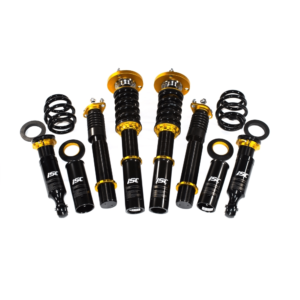 There are many ways to tell if a shock has gone wrong. Taking your vehicle to a BMW service Roseville shop like Ryan GMW is the best option for determining if something is wrong with the suspension of your BMW. For a self-test on if shocks are worn out, although not as scientific or exact, is the bounce test. If you were to lean on the car on one corner pushing it towards the ground and let off, is there any bounce or does it return to position right away? If it bounces a couple of times, changes are good suspension repair and service are in your future. It is necessary to replace worn out shocks quickly. There a few downsides to driving a car with severe collapses and they can include:
There are many ways to tell if a shock has gone wrong. Taking your vehicle to a BMW service Roseville shop like Ryan GMW is the best option for determining if something is wrong with the suspension of your BMW. For a self-test on if shocks are worn out, although not as scientific or exact, is the bounce test. If you were to lean on the car on one corner pushing it towards the ground and let off, is there any bounce or does it return to position right away? If it bounces a couple of times, changes are good suspension repair and service are in your future. It is necessary to replace worn out shocks quickly. There a few downsides to driving a car with severe collapses and they can include:
- Reduces brake efficiency
- Anti-lock brake system isn’t as effective
- Control when cornering can be compromised
- Increased wear on tires
- Uncomfortable ride
It’s essential to have shocks, or any other suspension parts replaced when needed. Ryan GMW is the BMW expert that offers fantastic repair work on all BMWs. BMWs aren’t like every other car on the road. They are sophisticated and require an expert to troubleshoot and repair their problems.
Conclusion
The suspension in a BMW is complicated, and this complexity is what makes the ride quality so much more appealing while driving. When there is a problem with the suspension parts, such as worn out shocks, there is a noticeable difference in drive quality. It is unsafe to drive a vehicle for an extended length of time on bad shocks, and it should be addressed by a professional. Check out the services we offer, here!
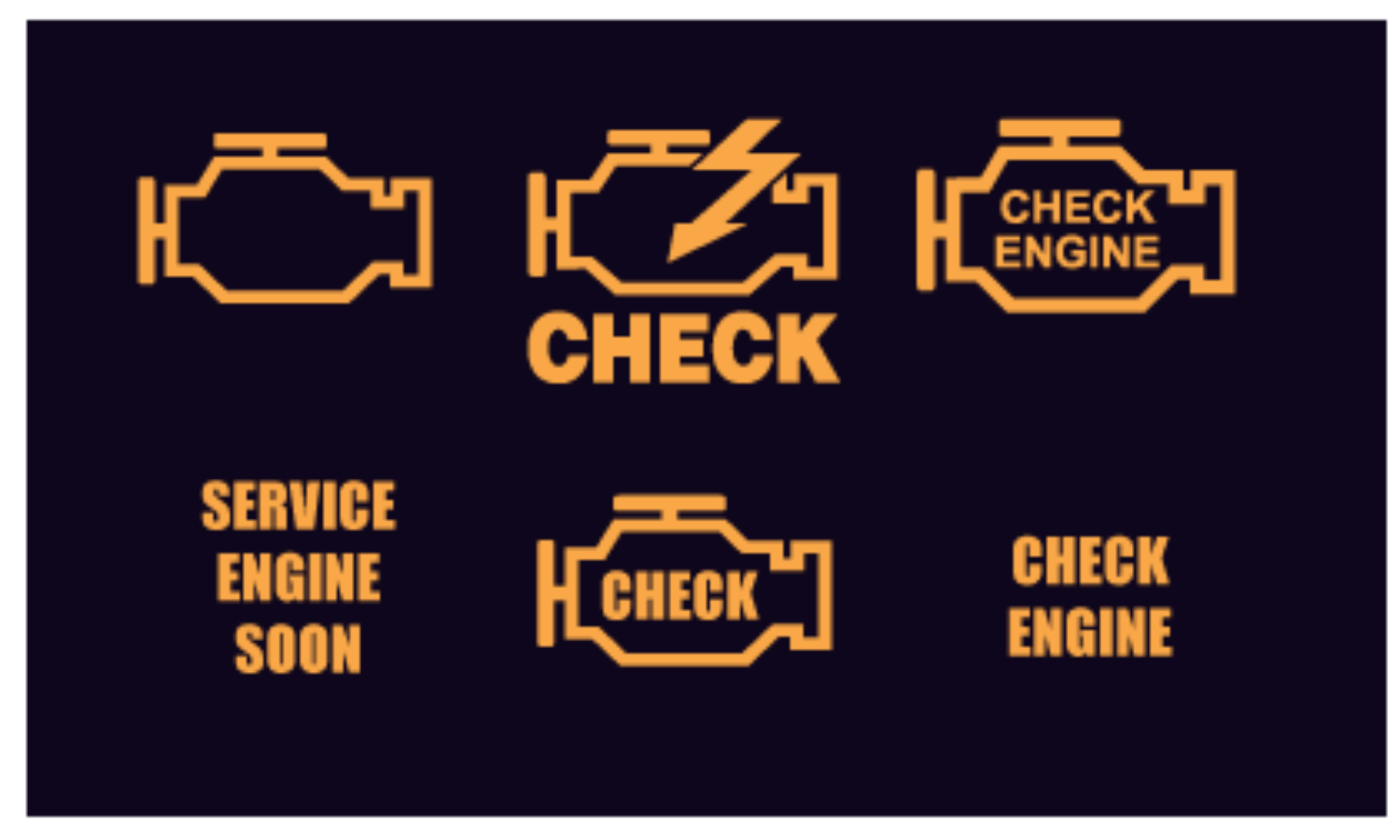
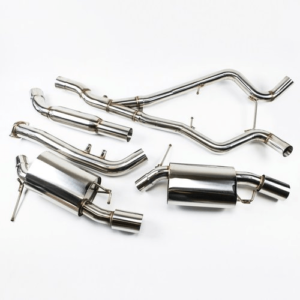 The exhaust will then start to flow through the exhaust tubes and make its way through a catalytic converter then through the muffler and out through the tailpipe. Usually, before and after the catalytic converter there are oxygen sensors fitted into the exhaust tubing. These sensors can play a huge role in how well your car runs. A vehicle’s computer will adjust fuel according to how much exhaust gas is flowing through. When someone wants to make changes to their vehicle’s exhaust working around these sensors can be tricky. Increasing performance through an exhaust upgrade is an excellent way to gain more power out of your car’s motor. The exhaust can have many different tones and can be changed by replacing specific features. Exhaust tones can be modified with upgrades to the muffler, changing the manifold, installing a high flow catalytic converter, and upgrading to larger exhaust tubing. All of these changes can help increase performance, but if there is a leak or faulty part, it won’t run as it should. One way to ensure you are getting the most out of your vehicle’s exhaust is to have an inspection done.
The exhaust will then start to flow through the exhaust tubes and make its way through a catalytic converter then through the muffler and out through the tailpipe. Usually, before and after the catalytic converter there are oxygen sensors fitted into the exhaust tubing. These sensors can play a huge role in how well your car runs. A vehicle’s computer will adjust fuel according to how much exhaust gas is flowing through. When someone wants to make changes to their vehicle’s exhaust working around these sensors can be tricky. Increasing performance through an exhaust upgrade is an excellent way to gain more power out of your car’s motor. The exhaust can have many different tones and can be changed by replacing specific features. Exhaust tones can be modified with upgrades to the muffler, changing the manifold, installing a high flow catalytic converter, and upgrading to larger exhaust tubing. All of these changes can help increase performance, but if there is a leak or faulty part, it won’t run as it should. One way to ensure you are getting the most out of your vehicle’s exhaust is to have an inspection done.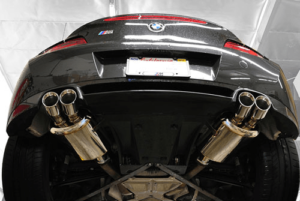 Regular inspections of the exhaust system can help to achieve better performance out of your vehicle.
Regular inspections of the exhaust system can help to achieve better performance out of your vehicle. 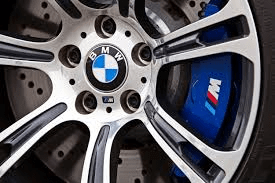 Older model vehicles might be equipped with drum brakes on the rear. Drum brakes work similar to the disc brake system. However, they aren’t as reliable. They have a housing called the drum and use brake shoes that press against the drum to stop the vehicle. Since many cars are now equipped with the disc brake system, we’ll focus on what happens during a disc brake inspection.
Older model vehicles might be equipped with drum brakes on the rear. Drum brakes work similar to the disc brake system. However, they aren’t as reliable. They have a housing called the drum and use brake shoes that press against the drum to stop the vehicle. Since many cars are now equipped with the disc brake system, we’ll focus on what happens during a disc brake inspection.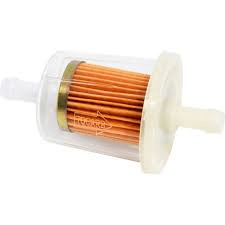 Over time, a fuel filter can become clogged, extremely dirty, or become faulty. When a filter is clogged, it restricts the flow of gasoline to your vehicle’s engine. So it’s necessary to have it replaced. But how does a fuel filter become faulty? Whenever you fill up your gas tank, you are allowing outside particles to get into the fuel system. Paint chips are a commonly found particle in fuel filters because of paints proximity to the where you insert the gas nozzle. Another known containment is rust. Rust is horrible on engines but is a known problem for any vehicle that is exposed to moisture and has steel parts. If these particles make their way through the fuel system, they can cause some significant issues. The most notable ones being clogged fuel injectors or damaging the fuel pump. It is best to replace a fuel filter so damage won’t be done to these more expensive components of your fuel system.
Over time, a fuel filter can become clogged, extremely dirty, or become faulty. When a filter is clogged, it restricts the flow of gasoline to your vehicle’s engine. So it’s necessary to have it replaced. But how does a fuel filter become faulty? Whenever you fill up your gas tank, you are allowing outside particles to get into the fuel system. Paint chips are a commonly found particle in fuel filters because of paints proximity to the where you insert the gas nozzle. Another known containment is rust. Rust is horrible on engines but is a known problem for any vehicle that is exposed to moisture and has steel parts. If these particles make their way through the fuel system, they can cause some significant issues. The most notable ones being clogged fuel injectors or damaging the fuel pump. It is best to replace a fuel filter so damage won’t be done to these more expensive components of your fuel system.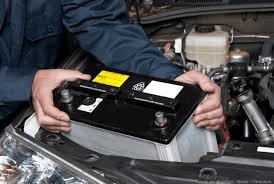 The battery is possibly one of the most important features of your vehicle. It makes everything happen. Without one your car wouldn’t start, you couldn’t operate any lights, and there would be no radio. As a crucial component of your vehicle, it is a good idea to know when you to replace the battery. It is also good to see warning signs that your battery is going bad.
The battery is possibly one of the most important features of your vehicle. It makes everything happen. Without one your car wouldn’t start, you couldn’t operate any lights, and there would be no radio. As a crucial component of your vehicle, it is a good idea to know when you to replace the battery. It is also good to see warning signs that your battery is going bad.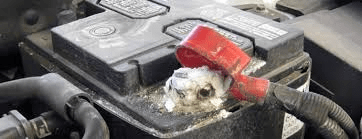 Almost everyone has seen this universal sign on a battery. When a cell leaks it creates corrosion. A white buildup presents this, that is typically on the positive and negative posts. There is a good chance you aren’t getting the best connection to the battery corrosion being present. While you can clean the terminals and get a little more life out of the battery, it is also a sign you will probably need a replacement shortly.
Almost everyone has seen this universal sign on a battery. When a cell leaks it creates corrosion. A white buildup presents this, that is typically on the positive and negative posts. There is a good chance you aren’t getting the best connection to the battery corrosion being present. While you can clean the terminals and get a little more life out of the battery, it is also a sign you will probably need a replacement shortly.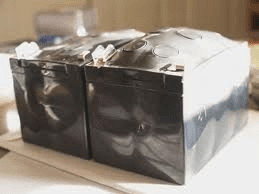 Batteries don’t last forever. While batteries do last a very long time, it is encouraged to have them inspected after three years. After this amount of time, it is a good idea to check it annually. It will ensure it’s operating correctly and free of corrosion. If your car has a ten-year-old battery in it, and you have any of the other symptoms of a failing battery, then it is probably time to replace.
Batteries don’t last forever. While batteries do last a very long time, it is encouraged to have them inspected after three years. After this amount of time, it is a good idea to check it annually. It will ensure it’s operating correctly and free of corrosion. If your car has a ten-year-old battery in it, and you have any of the other symptoms of a failing battery, then it is probably time to replace.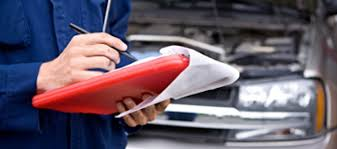
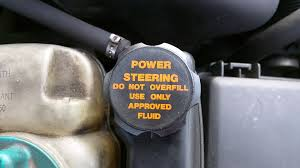
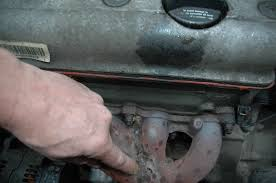
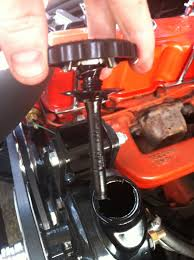 Back in the day, many cars weren’t equipped with power steering, and driving was, let’s just say a little more challenging. With its growing popularity, power steering became a standard on vehicles. Once your car has
Back in the day, many cars weren’t equipped with power steering, and driving was, let’s just say a little more challenging. With its growing popularity, power steering became a standard on vehicles. Once your car has 